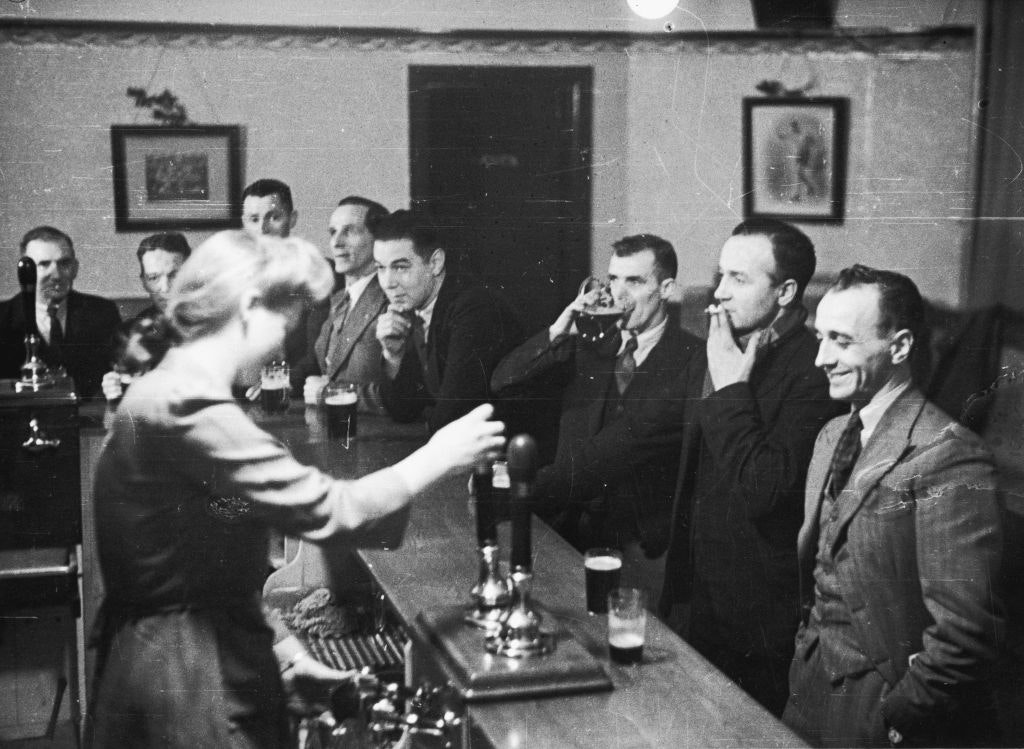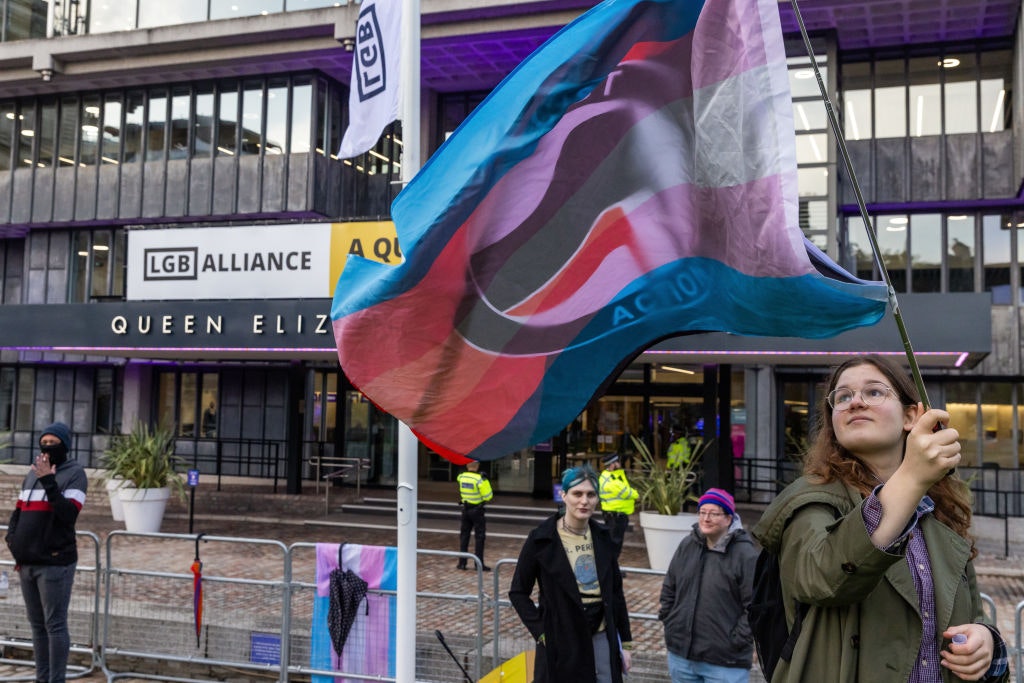Modern technology meets the sixteenth century
For a limited time, the wonders of Lombardy are in the National Gallery
I did not arrive at Virtual Veronese in the best of tempers. The two friends with whom I was meant to be going to the National Gallery both chucked late, and an inadequate brunch had not proved sufficient unto the day. Waiting for the clock to tick round to my late-afternoon booking slot, I sat in the downstairs café and consoled myself with an egg sandwich, a packet of crisps, and a cup of tea—served in a paper receptacle with milk and the bag still in—for which simple pleasures I forked out £8.50, which may or may not be tax-deductible.
There is something immensely worthy about this project
Worse, I had reserved three tickets for a twenty-minute window, and from my vantage point I could see a regular stream of people going up to the attendant on the door and being regretfully turned away. Forced between owning up and just seeing how things panned out, I obviously chose the latter. I need not have been worried; there was a queue of people waiting hopefully for no-shows, so both spare places were filled in a trice. In we went, to be instructed in what was—at least for me—a genuinely new experience.
The basic concept of the installation is simple enough: to help visitors understand the original setting of Paolo Veronese’s Consecration of St Nicholas of 1562. The painting’s provenance is straightforward; it was commissioned to go above the altar dedicated to the sainted Bishop of Myra in the church of the abbey of San Benedetto at Polirone, near Mantua. But the means for demonstrating this provenance are far more complicated, for they amount to time travel and bilocation through the wonders of technology.
There is something immensely worthy about this project; first because it is free, and secondly because it echoes the tradition of noblesse (or at least richesse) oblige, which over centuries has opened up new worlds of beauty to those who could never have travelled to see them for themselves. Underlining this, the painting itself continues to hang undisturbed in Room 9, near three other altarpieces by the same hand.

It was a bit like stepping into a computer game; we were given basic training in how our headsets would work, and shown three large diamonds marked out on the floor. A choice had to be made between being guided by curator Rebecca Gill, or by Andrea Asola, the abbot who commissioned Veronese to paint the scene to foster increased devotion in his community church. Dr Gill came with the promise of an historical introduction to the space and its art; Abbot Asola with an explanation of why he chose to commission the work.
The possibilities of this sort of installation seem endless
I know I should have chosen Dr Gill, but heart ruled head and I went with Asola instead. My compatriot Grahame Fox, playing the abbot, was not dressed quite as in the painting; with his open sandals and without his large fur almuce he came across a bit like a modernist vicar from Cardiff, which I rather enjoyed. The virtual grid that guarded the edges of the area flashed blue and red, depending on how far I strayed off course. It was a little disconcerting, but I suppose that was the point; better than walking face-first into the gallery wall.
Within those parameters, however, lay the magic. It really did feel as though I was in that little chapel in Lombardy, with my two fellow-travellers invisible and forgotten. Apart from the missing smell of stale incense, it was just like so many of the spaces into which I have wandered hundreds of times in search of respite from the heat, while idling away holidays in those far-off summers when regular overseas travel still seemed unremarkable. With that in mind, the possibilities of this sort of installation seem endless.
I pondered what the downsides might be. Through a happy confusion about the timing of an engagement I once spent half an hour on my own in the nave of St Mark’s Basilica in Venice, while its canons chanted vespers in the quire. In a moment of flagrant self-interest I wondered if that sort of once-in-a-lifetime event could soon be for anyone who selects the right button on a handset. On the upside, what a thing it would be to visit buildings long-destroyed, and stroll through their chambers as if they were with us still! Might I finally be able to wander through the aisles of Old St Paul’s, and see Donne’s tomb intact?
It was over all too quickly, of course. Twenty minutes is not very long, but demand is clearly high. I would have gladly gone round again, if only to have chosen the option of being guided through it by Dr Gill. Any ambitions in that direction were quashed when the doors re-opened to reveal a line of hopeful standbys even longer than before. Back into the world I went, then, to the noise and the news; out through the café, with all those paper cups of tea with the bags still in.
Virtual Veronese is at the National Gallery until 18 April.
Enjoying The Critic online? It's even better in print
Try five issues of Britain’s most civilised magazine for £10
Subscribe














